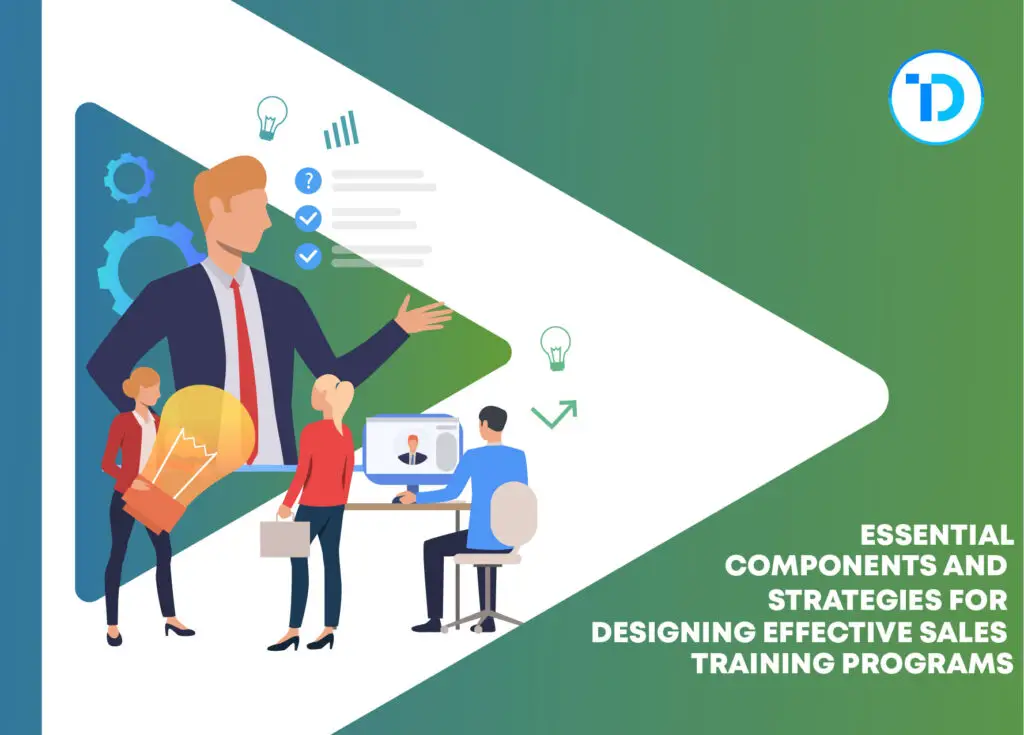A sales training program should clearly define its objectives and what constitutes success. It should also be flexible and evolve as business needs change.
Designing effective sales training programs begins with identifying the learning needs of your sales team members. A learner-centric approach helps you create versatile curriculums that can be easily updated.
The Right Content
Creating the right curriculum is critical to successful sales training programs. A well-structured and versatile content strategy supports multiple training needs, such as the unique learning requirements of each sales role. For example, a field sales rep may need a more in-depth understanding of your products, while an inside sales rep may require more practice and focus on building customer relationships.
Sales training should also collaborate between sales, marketing, and product teams. It allows all departments to share information and best practices to benefit the team. It can also create a more holistic experience for your salespeople by providing easy access to relevant, engaging, and helpful materials.
Changing habits through traditional two-hour seminars is unrealistic, so it’s vital to incorporate regular, ongoing sales training and coaching. It could include knowledge checks, such as quizzes, tests, or roleplaying simulations that allow sellers to practice their skills in the real world. It’s also essential to get feedback from your salespeople and managers and use this to refine the program continually.
The Right Format
Sales training must have a well-defined purpose and be focused on supporting specific objectives. Whether boosting quota or speeding up the sales cycle, a clear understanding of what you want to accomplish and regular assessments of where your team is weak can help guide how and what materials you create for training sessions and learning activities.
Look for a solution that minimizes time out of the field by incorporating more interactive and engaging modalities for training, like virtual instructor-led training. Providing sellers with multiple opportunities to learn, practice, and apply skills in different ways ensures the knowledge sticks and is easily transferred to the field.
Using a trainer-led approach that includes a sales training certification is another great way to improve the impact and success of your sales training program. It allows you to train your in-house trainers to deliver a world-class sales methodology and support them through an ongoing coaching process. It is the kind of sales training that drives real change and gets results. Everyone who is involved benefits, including the clients.
The Right Delivery Method
It’s essential to think about the different ways your sales team learns. If your training is only available in one way (such as in-person classes), you risk losing out on many salespeople who cannot attend. Instead, look for a provider that delivers training via multiple modalities so all your salespeople can access and retain information.
A good sales training program should also provide opportunities for self-evaluation. Permit sales representatives to evaluate themselves and pinpoint their areas of weakness so they can concentrate on areas that require the most significant attention. It is also an excellent opportunity to solicit participant feedback, which can be valuable for future iterations of your sales training.
Innovative challenges are another excellent tool for measuring the effectiveness of your sales training. These interactive, knowledge-based challenges can be as simple as quizzes or as complex as simulated roleplaying situations. You may ensure that your sales representatives have understood the material and are prepared to use it in practical situations.
The Right Assessment
Many programs in sales training focus on the intellectual aspects of selling, such as product knowledge and sales techniques. This approach can hold back sellers who need a strong achievement drive, but it also needs to address the deeper dimensions of inner motivation and self-belief that fuel high achievers.
A successful program must assess a seller’s skills and capabilities, understand the customer’s context and goals, and set clear, measurable training objectives. A well-designed program should incorporate a structured coaching process and tie training outcomes to sales results. And it should support leadership commitment to executing the training and supporting top performers.
A successful sales training program must be agile and responsive to changes in business conditions, buyer behavior, and competitive challenges. It must provide a library of sales tools and case studies that are easily accessible to help reps internalize new concepts, and it should deliver ongoing assessment, analysis, and reinforcement of selling skills. It must also include engaging assignments, roleplaying scenarios, and demonstrations that connect to buyers’ buying situations. This type of training offers more value to salespeople and helps them stay engaged with their learning over time.
The Right Feedback
It’s essential to evaluate your training program regularly. It includes gaining feedback from trainees, managers, and customer service reps. It allows you to learn more about the effectiveness of your sales training and determine whether changes are needed for future success.
To maintain the interest and interactivity of your sales training, think about utilizing a range of formats. It will help to improve engagement and retention. Consider incorporating roleplaying exercises, guest speakers from the sales profession, and other creative elements into your training.
Additionally, utilizing written materials is a great way to deliver information to your sales team. These can range from a sales playbook outlining best practices to in-depth guides on topics like objection handling. These resources provide a structured, accessible, and easily digestible format for information that’s key to driving sales performance.
Lastly, involve your marketing and product teams in your sales training. It will create a more holistic experience for your team and foster stronger department connections. It is crucial when introducing new products or features to your business.
